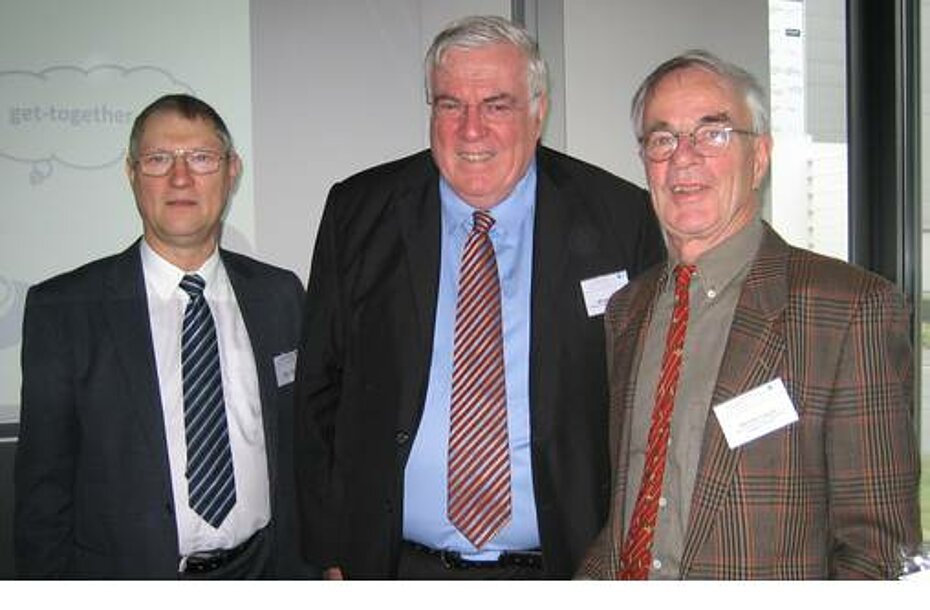
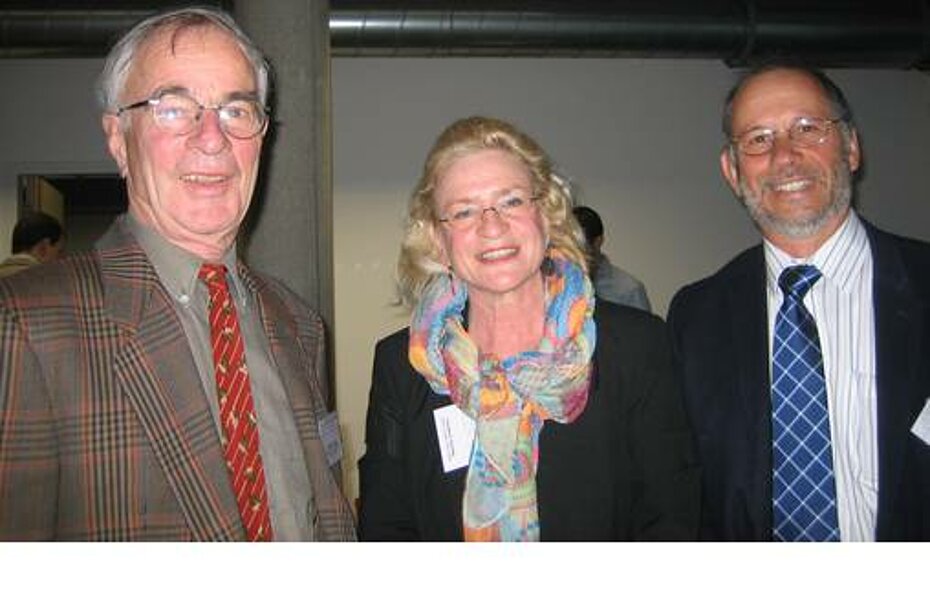
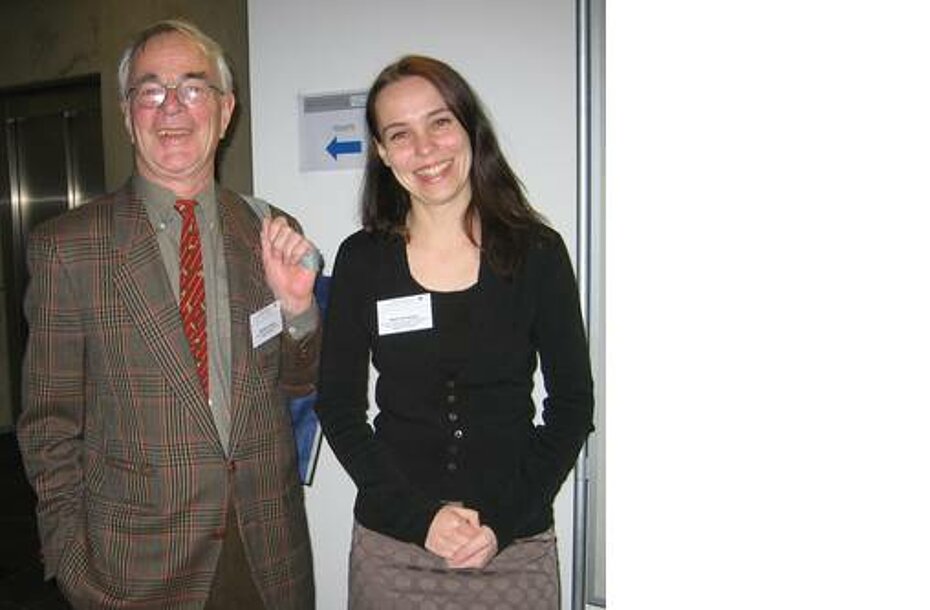
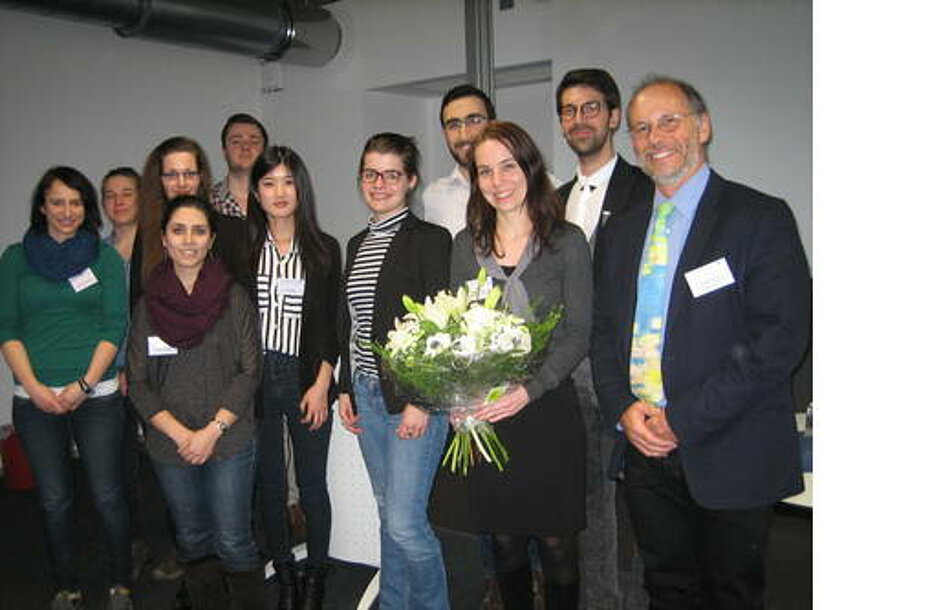
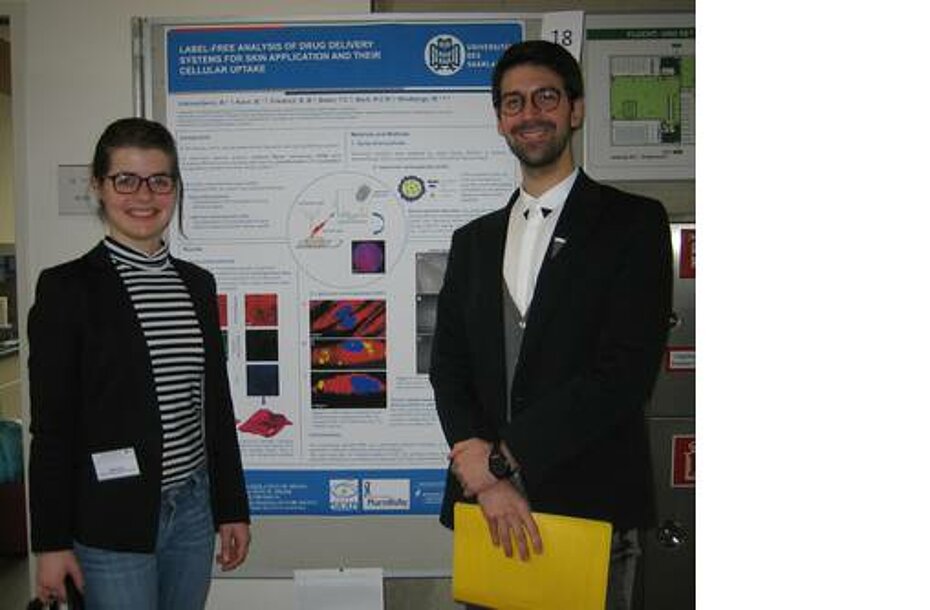
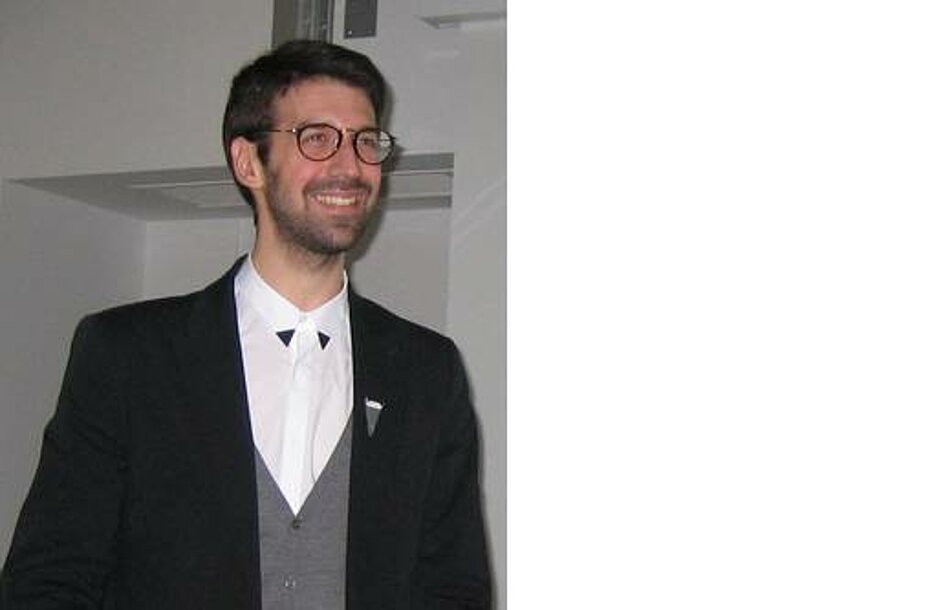
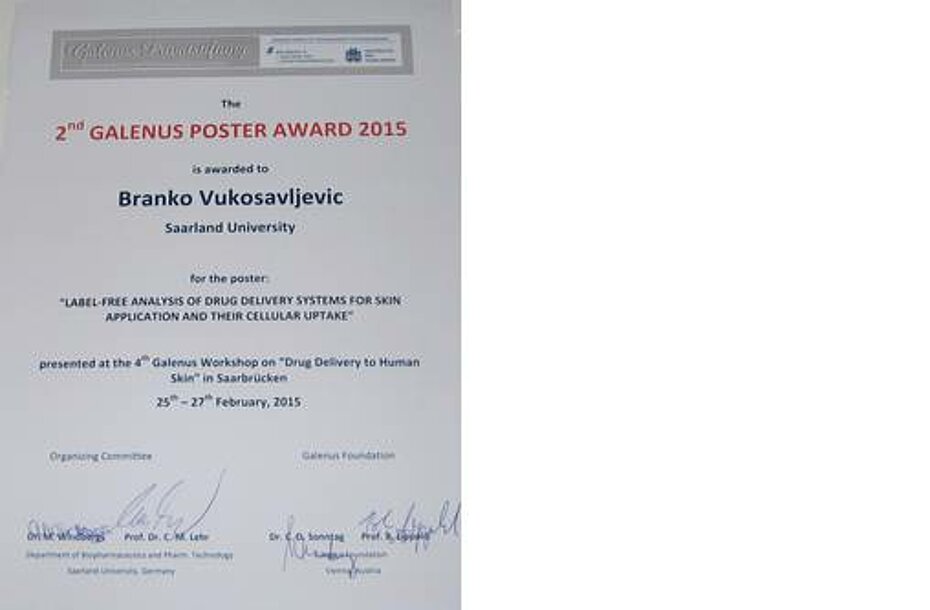
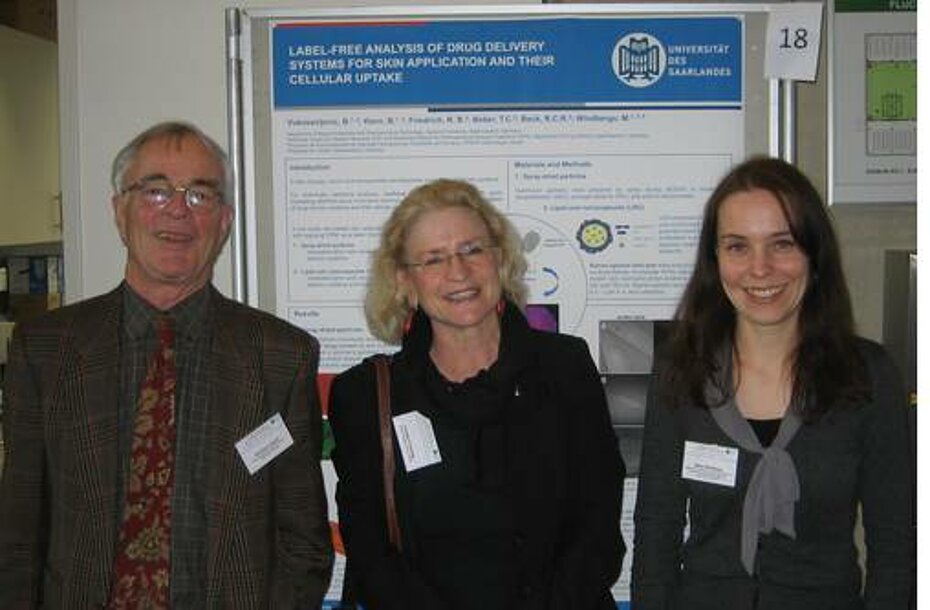
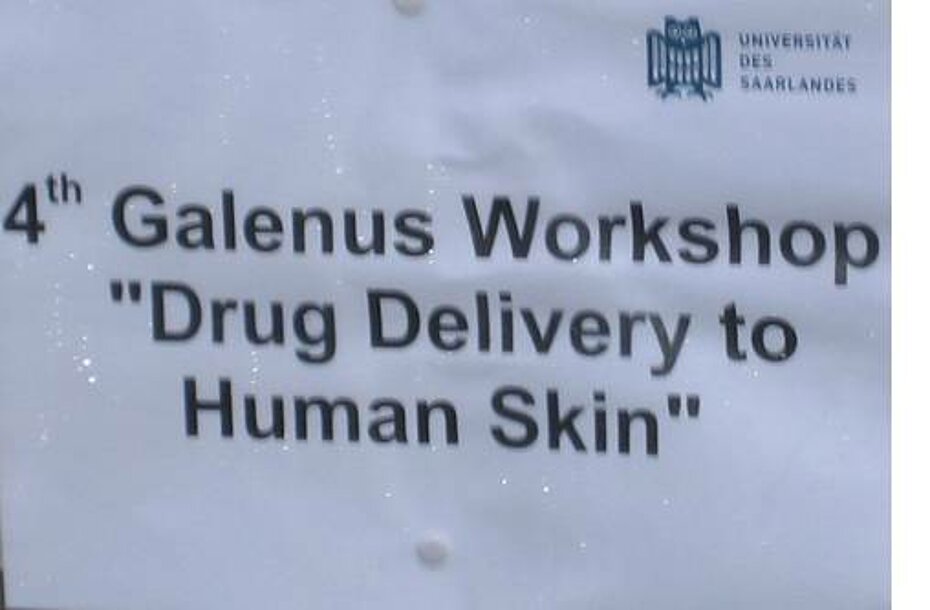
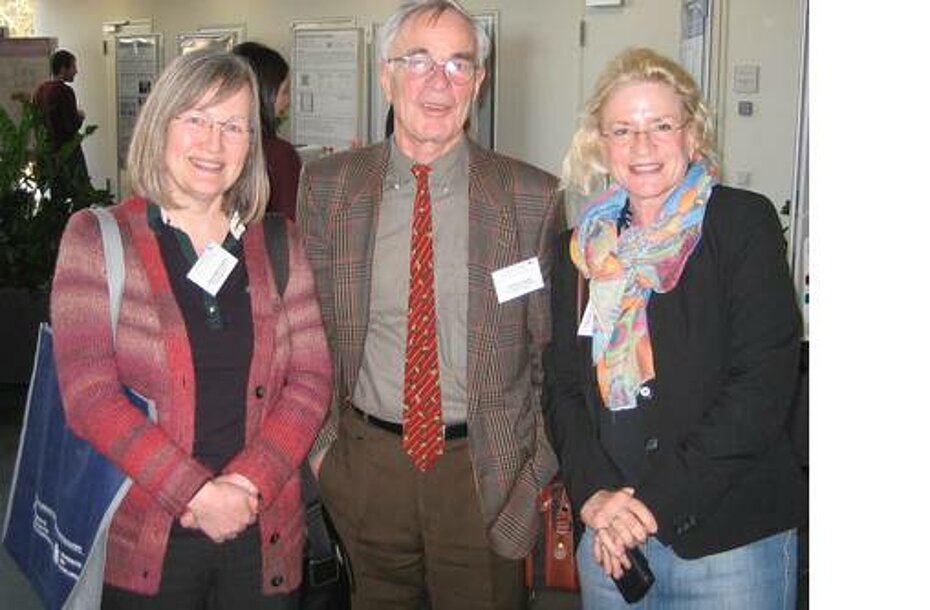
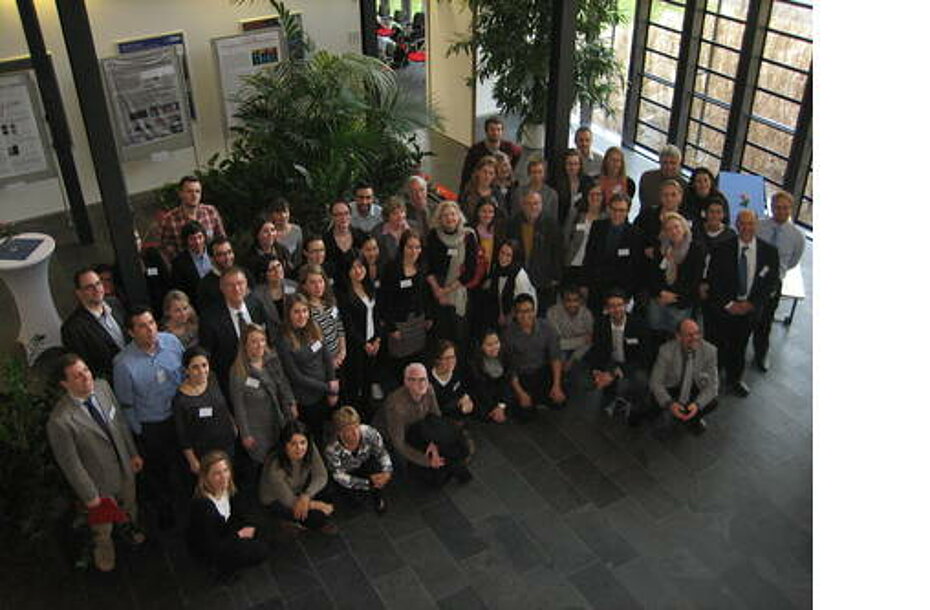
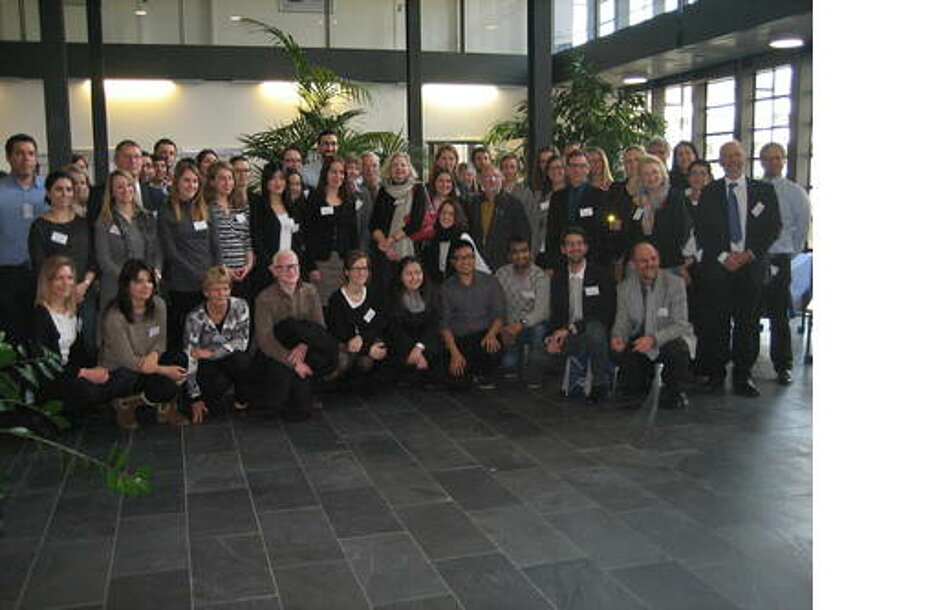
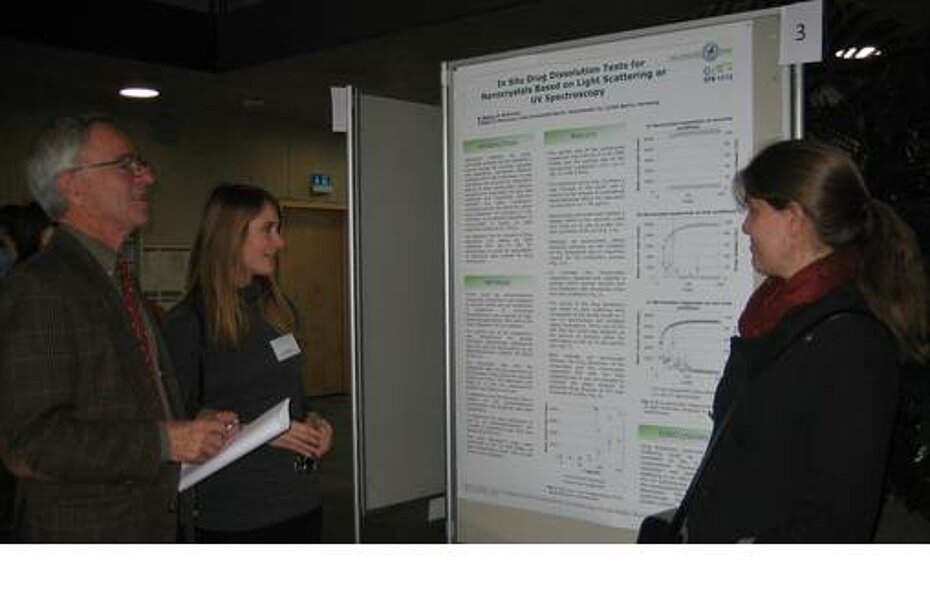
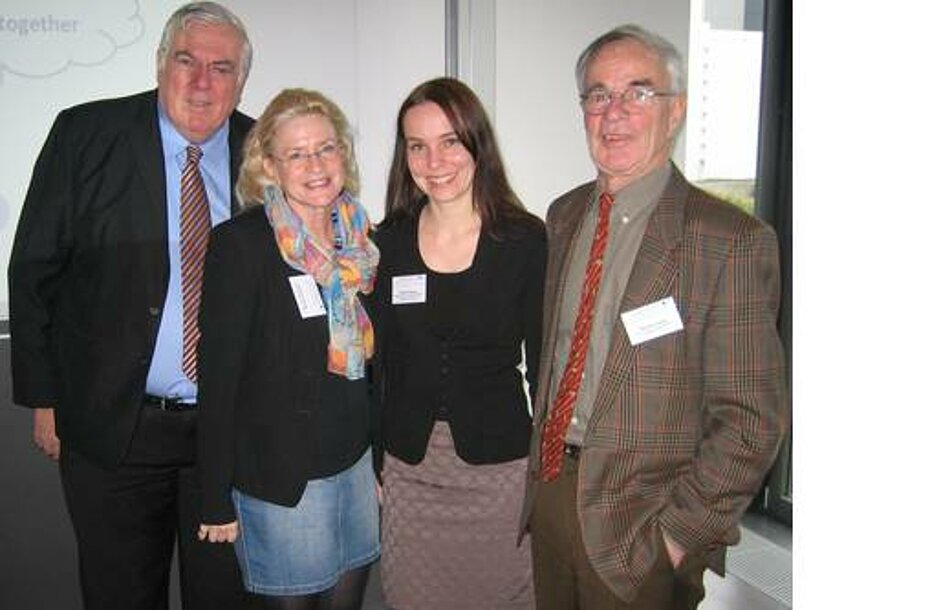





4th Galenus Workshop on Drug Delivery to Human Skin (February 25th–27th, 2015)
The 4th in the series of Galenus Workshops, this time on Drug Delivery to Human Skin, took place at Saarland University in February 25 -27th, 2015 and was hosted by Dr Maike Windbergs and Prof. Claus-Michael Lehr. The proceedings were opened by Prof. Michael Roberts (University of Queensland, Brisbane, Australia) who gave the listeners an interesting perspective on contemporary developments in skin drug delivery (SDD) , describing our increasingly sophisticated understanding of the mechanisms that underlie such processes. The workshop was divided into themed sessions, each dealing with one particular aspect of SDD, and the first two sessions were also accompanied by young researchers giving short presentations on current research findings. The two initial speakers both came from industry and spoke on methods of predicting drug penetration efficacy. Dr Sandra Wiedersberg (LTS Lohmann, Andernach, Germany) pointed out that the optimal qualities for a compound to be delivered through the human skin are small size and moderate lipophilicity. This was complemented by Dr Balint Sinko`s (Pion Inc., Billerica,USA) description of the research into artificial membranes over the last ten years, cumulating in the development of skin-PAMPA, which is used for the prediction of transdermal penetration and has become the industry standard.
In contrast, the second session turned its attention to reconstructed human skin models, presented by Dr Silvia Letasiovsa (MatTEC, Bratislava, Slovakia) , followed by Prof. Monika Schäfer-Korting (Free University Berlin, Berlin, Germany) , who argued that there is no satisfactory substitute for complex cell cultures, e.g. reconstructed human tissues and organs, when predicting drug effects in humans.
The third session of the Galenus Workshop looked at another promising aspect of SDD. Prof. Jürgen Lademann (Charité Berlin, Germany) focused his attention on the optimization of drug delivery to and via hair follicles. This technique is gaining in importance as the follicles are surrounded by capillaries and antigen presenting cells, associated with the sebaceous glands, which host stem cells in the bulge region. The immunological environment of hair follicles, in context of transfollicular drug delivery, also received the attention of researchers from Saarland University, particularly, as pointed out by Prof. Claus-Michael Lehr (Helmholtz Institute for Pharmaceutical Research) , for improving needle free transcutaneous immunization. In his fascinating lecture he discussed the possibility of extending this principle to the delivery of antigens. His findings suggest that there may be some advantages to the non-invasive delivery of vaccines via the skin. The second day of the Galenus Workshop started with a talk on the biological and immunological aspects of the treatment of skin diseases, led by Prof. Joke Bouwstra (Leiden University, Netherlands). She put forward microneedle arrays as one of the possible strategies in overcoming the skin barrier function. Dr. Goldmann, the following speaker, stood in for Dr Eva Medina (Helmholtz Center for Infection Research, Braunschweig, Germany) to give a paper on skin infections and immunological insights and strategies to overcome resistance to the host immune system. During the coffee breaks all attendees of the workshop availed themselves of the opportunity to peruse the 19 poster contributions submitted for the second Galenus Poster Award, which saw Branko Vukosavljevic (Saarland University Germany) become the worthy recipient of the prize. The late morning session was opened by one of the organizers, Dr Maike Windbergs (Saarland University and Helmholtz Institute for Pharmaceutical Research, Saarbrücken, Germany). In her lecture she underlined the growing importance of Confocal Raman Microscopy (CRM) for a non-invasive measurement in the field of skin research. Dr Windbergs successfully demonstrated the potential of CRM for quantitative drug-depth profiling in human skin as a valuable alternative to destructive state-of-the-art techniques. Her talk was followed by Prof. Mark Schneider`s (Saarland University, Saarbrücken, Germany) lecture on the use of gold nanoparticles in high-resolution imaging ,e.g. multiphoton microsopy, and interactions between novel nano/microparticulate drug delivery systems and biological barriers. As the oral presentations approached their end, the noon session saw Prof. Thomas Vogt (University Hospital, Homburg/Saar, Germany) deliver his wishes – as a practicing dermatologist – for new forms of topical drug delivery, e.g. using colloidal lipid carriers, to establish and develop individualized therapies. Bringing the proceedings to a close, Prof. Christel Müller-Goymann (Technical University Braunschweig, Braunschweig, Germany) described how she and her team have overcome the challenge of delivering antimycotic drugs through the differing microstructures of skin and nail with poloxamer formulations for local treatment. After a final discussion Prof. Claus-Michael Lehr closed the successful Fourth Galenus Workshop, lauded by the audience who gave him and his team a well-deserved round of applause for organizing the event so beautifully. During the workshop all attendees had the opportunity to update their knowledge on recent international research in the field of drug delivery to human skin. At the same time this workshop promoted awareness of the dynamic and supportive activities of the Galenus Foundation (Vienna).
As an adjunct to the oral presentations the participants of the workshop were given further insights into the lab techniques that lie behind the research into Skin Drug Delivery.